An oxygen-free environment is the key to making high-quality graphene. The finding could enable faster, more reproducible production of the 2D carbon allotrope, which is often referred to as a ‘wonder material’ due to its unusual physical and electronic properties.

Graphene is formed of a single layer of carbon atoms arranged in a hexagonal lattice. Its unique properties have been exploited in all sorts of graphene-enhanced products, including tennis rackets, pacemakers, aircraft coatings and even high-tech potatoes.
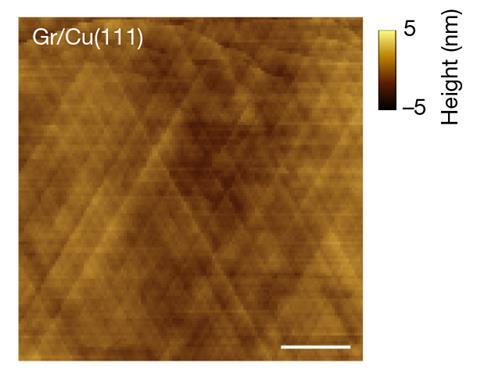
While the material was famously first discovered by exfoliating graphite with a piece of scotch tape, the most common method for making it today involves a process called chemical vapour deposition (CVD). The CVD process works by passing methane over a copper surface at a high temperature and low pressure. Methane molecules bind to the metal surface and then decompose leaving clusters of carbon atoms that grow together, eventually forming graphene films. While the CVD method allows the production of larger graphene crystals than exfoliation, graphene made this way tends to contain more defects, which affects its electronic performance.
Now, researchers in the US, Canada and Japan have shown that trace amounts of oxygen gas alter the growth of graphene grains and lead to the formation of amorphous carbon during the CVD process. The team showed that in a carefully controlled oxygen-free environment, CVD can be used in a fast and repeatable way to produce high quality graphene. The researchers note that the samples produced this way show electronic transport performance ‘exceeding all previous reports for CVD graphene and rivalling that of exfoliated graphene’.
References
J Amontree et al, Nature, 2024, DOI: 10.1038/s41586-024-07454-5





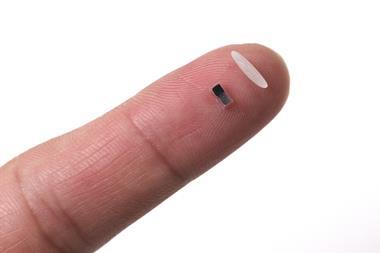
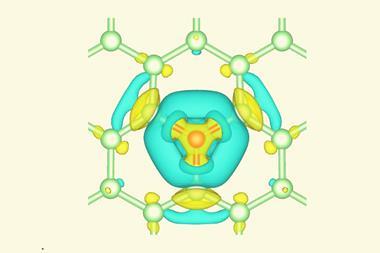
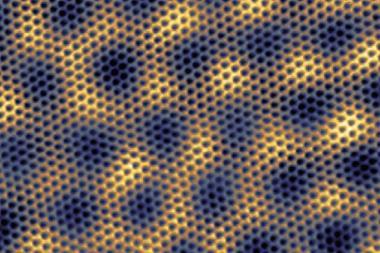
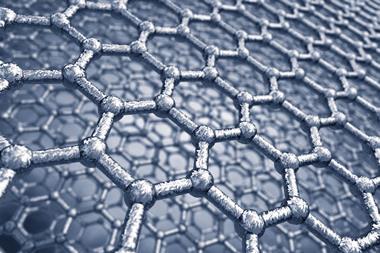






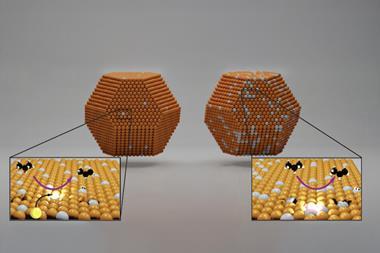
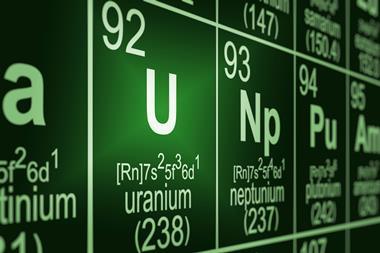
No comments yet